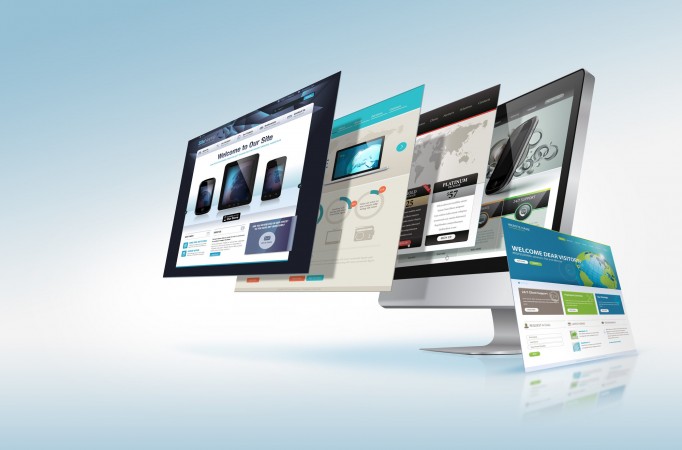Building a website is a daring feat and a work that may seem impossible at first glance. A top-quality website should be planned to attract a lot of customers and convince them into buying your product or services. In other words, it must be able to drive traffic, and convert as much as possible. However, it’s easy to mess things up while building it, especially if you’re not experienced enough.
Let us state the obvious first: there’s no such thing as a universal formula to build the perfect website. Each site should be tailored around its specific audience, and built to serve its own different purpose. Some choices that are perfectly fine when building a site for a digital startup may wreck a good e-commerce that sells cosmetic products.
However, there are some mistakes you should always avoid at all costs while building a top-quality website in 2019.
- Underestimating the importance of HTTPS
One of the most common mistakes you can make is to avoid moving your website to HTTPS as soon as possible because you think it’s not so important. We know it may cost you a few additional bucks (not so much) but it is extremely important, and not just to improve its security (which is a good reason on its own). As Google developers personally explained:
HTTPS doesn’t just block misuse of your website. It’s also a requirement for many cutting-edge features and an enabling technology for app-like capabilities such as service workers.
In other words, not having an HTTPS address means your website is going to be seen as obsolete by the search engine. And this is going to hurt your rankings, a lot.
- Filling your website with thin or low-quality content
Don’t hear those who say that quantity is more important than quality. It may have been (somewhat) true back in 2014 or 2015, but it is definitely not true anymore today. Although a small, recent website with very few pages may gain some menial benefits from adding more low-quality posts just because of sheer volume, the same is not true for a more established site.
On the contrary, tons of thin content pages may damage your website rankings and drag your rankings down to the bottom of the SERPs hell. Google is still making ample use of human raters, so anyone who is going to read a fake, keyword-stuffed or duplicated page is going to and affix you an annoying penalty.
- Not optimizing your website for speed
Lately, one of the most important Google requirement for a website to rank is their speed. However, it’s not just Google who requires speed – users don’t want to browse a slow website anymore. People’s attention is waning down very quickly, and if a page does not load quickly enough, they will simply leave it.
Page Speed Tool for anyone to check a page’s loading speed and even suggest a few fixes to improve it. Make abundant use of this tool and start cropping your pictures or convert them from .png to .jpg to gain a huge speed boost.
- Forgetting about mobile devices
The majority of internet users now browse the world wide web with mobile devices. Desktop computers are still important, but responsiveness should always be your priority. If your website cannot be read or navigated on mobile devices, you’re going to lose a really huge percentage of potential visitors. Pages should be easy to access and navigate and free of annoying pop-up or ads which may inflict grievous and long-standing ranking penalties.

Recent Comments